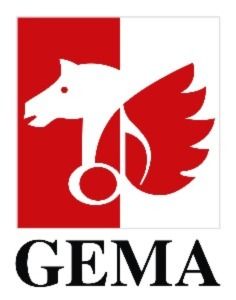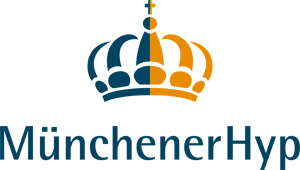freenet Group
Supporting key sales processes to deliver various internet portals and services to new and current customers
Key Benefits
- BPMN as a common language between business and IT
- Open Architecture
- Developer-Friendly
- End-to-End Orchestration
Camunda Products
- Camunda
- Camunda Cockpit
• Automation of key sales processes
• Process-driven development
• Transparency and Business-IT-Roundtrip
The Background
freenet Group is the biggest network-independent telecommunications provider in Germany. In addition, the company is also well established in areas that aren’t directly related to telecommunications. Specifically in the digital lifestyle sector where they provide solutions for customers’ homes.
OPITZ CONSULTING was founded in 1990 in Bensberg near Cologne, Germany with the aim of uniting consulting and IT project management in one company.
Since 2013, OPITZ CONSULTING has been a certified service provider of Camunda. Since 2012, freenet.de GmbH – a subsidiary of freenet Group – has been using Camunda for the automation of key sales processes.
The following interview was conducted with Olaf Roßmanek, CEO of freenet.de.
The Challenge
“As a provider of various internet portals and services, it was the aim of freenet. de to efficiently support key sales processes with software solutions. Parts of the project were processes in the areas of contracting, upgrading and termination services for the product lines freenetMail, single.de and portal (freenet. de). These processes were essentially already automated, only in exceptional cases was manual intervention or a manual check necessary.
As part of outsourcing billings for the offered services to a specialized service provider, the solution for process support had to be put to the test. It had been developed individually for a decade, was efficient and offered many features. However, the expenses for maintenance and modification of the solution were high. A more cost-saving model was required. In this context, OPITZ CONSULTING was commissioned to select an appropriate architecture and support with its implementation.“
Why Camunda?
“From a business point of view, the challenge was to automate calling a variety of both internal and external back-end systems in long-running processes. This covers, amongst others, the credit check, billing for chargeable services, client administration and the provisioning of new customers’ mail accounts. A high degree of automation, high transparency of the processes and an agile project approach were major goals of freenet.de. Moreover, the new architecture had to fit into the existing development skillset – primarily Java EE and related open source technologies. The use of a process engine seemed reasonable under these conditions.
The required transparency is very well supported by Camunda: Processes are modeled in BPMN and then executed in the process engine. Thus, product managers and development speak a common language.
The management application Camunda Cockpit allows transparent insight, whenever needed, into ongoing process instances and their status. From the developer’s point of view, Camunda is another framework that can be used in conjunction with the already familiar technologies Java EE (JBoss), CDI and JPA. The preferred ways of working – use of the build tool Apache Maven, test-driven development, and automated execution of integration tests with a continuous integration server, are also no problem with Camunda.
The image shows an overview of the selected architecture: Camunda and self-developed services run in the JBoss Application Server 7 – on a cluster with three nodes. Tasklist and Cockpit access the process engine via a REST interface. New orders are first created via a service call in the database. Afterwards, a further service will be used to start the process instance. The link to the saved order is thereby made via the ID.«
The Implementation
“As part of the project more than 30 processes, divided into main and sub-processes, were modeled and implemented. Over a project period of almost six months, 20 people were involved including nine developers and three process owners. The following image shows an example of the process “mail order”, which in turn calls 10 sub-processes.
In the first project stage, the process “mail order” was fully implemented and released, including all sub-processes. Thus the first process was available early and feedback on this process could be included in the implementation of the remaining processes. In the following iterations, it was ensured to make each process completely executable – including automated unit and integration tests.”
The Impact
“With Camunda we could create a system that fully meets the requirements of freenet.de. Two and a half years after launching of the first processes, a total of 73 processes (main and sub-processes) have been deployed. The main processes start an average of 6,500 instances per day. Combined with the sub-processes that are started from the main processes, it’s an average of 27,600 instances per day.
The use of Camunda promotes transparency and supports the typical development approach of freenet.de. The use of Camunda Cockpit facilitates maintenance: Errors in background processing can be rapidly identified and, after correction, the process can be progressed from the point where the error occurred. Business errors can be maintained by a business user. When modifying the order, a new version of an existing process or another process can be deployed relatively quickly in the engine.
After completion of the project, the software could be handed over to the freenet.de developers for maintenance and further development.”
Similar Case Studies





